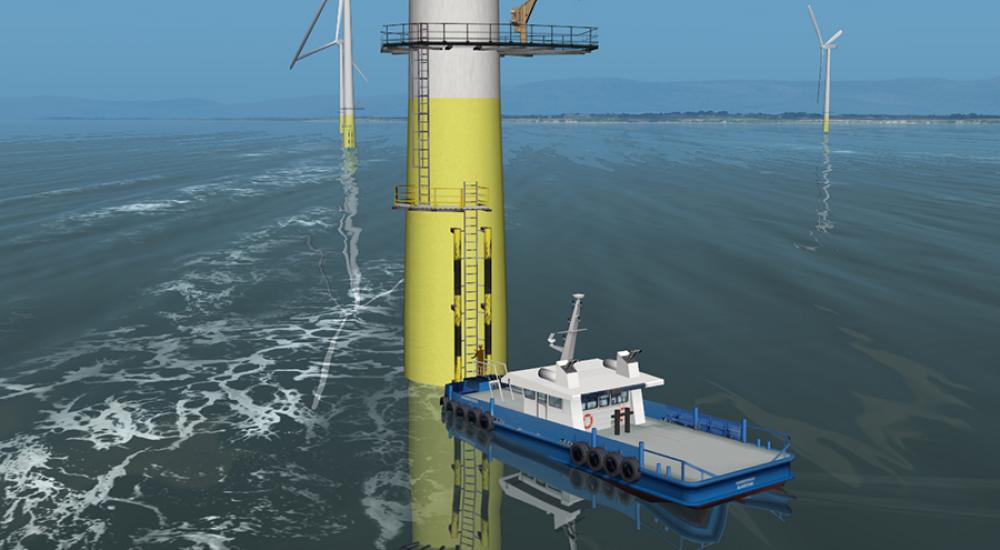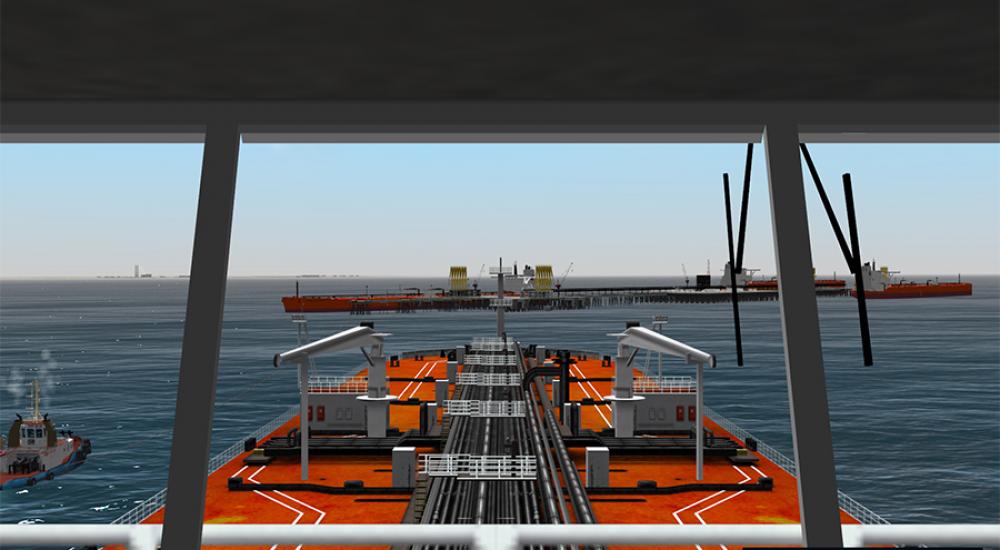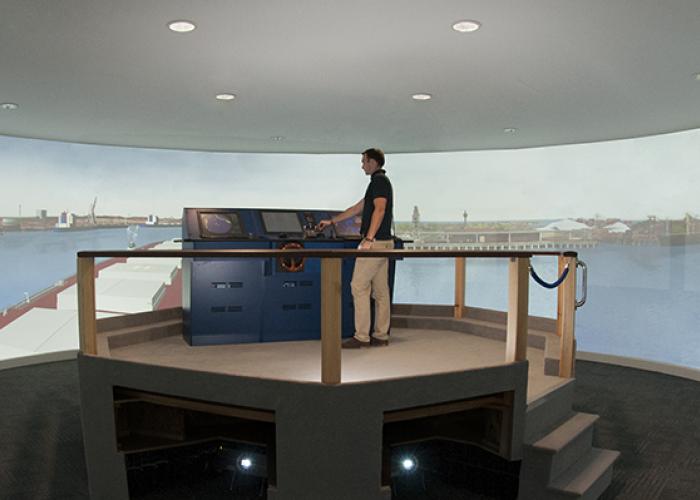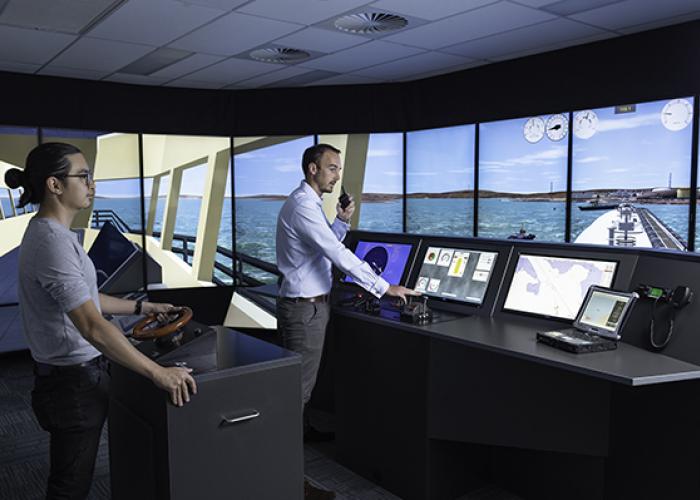
Ship simulation
HR Wallingford is a world leader in simulating vessel navigation. The ten real-time simulators in our Ship Simulation Centres have been used in over 700 projects world-wide, and have proved to be reliable, flexible and cost-effective design and evaluation tools.
We combine our extensive hydraulic modelling capabilities with highly realistic ship and tug manoeuvring models and our experienced, expert team of naval architects, engineers, master mariners, pilots and software modelling experts - all focused our suite of real-time ship simulators.
Explore our simulation centres
State of the art ship simulation
Our full bridge, real time manoeuvring simulators are specifically designed for port design and ship operations applications, but can also be used for training and pilot familiarisation purposes. We operate ten real-time navigation simulators in total, four at our UK Ship Simulation Centre in Wallingford and six at our Australia Ship Simulation Centre in Fremantle near Perth in Western Australia. The simulators can be run individually or simultaneously, allowing multiple independent interactive control between vessels (ships and tugs or ship to ship) within the same simulated environment.
Our simulators have supported over 350 projects worldwide.


Our Ship Simulation Centres operate on four principles
- Expert consultancy
Simulation studies are designed, planned and executed as part of a expert service that ensures the key issues and problems are solved to the maximum benefit of our client. - Accuracy
The simulators use reliable, accurate, state of the art software to simulate the behaviour of ships at sea and in port/ terminal areas. - Reality
High definition visual scene and representative bridge facilities provide a realistic environment for pilots and tug-masters. - Support facilities
“Off-bridge” facilities include observation, briefing and debriefing rooms, interactive display boards, visual scene, work stations and conference facilities to ensure that all participants are fully informed and involved at all stages of the simulation.
Our simulation system uses sophisticated techniques to represent the spatial and temporal behaviour of a ship. Hydrodynamic modelling includes full six degree-of-freedom ship response to waves, wind and currents, allowing for both lift and drag effects and close quarter effects such as shallow water, bank effects, bow and stern thrusters, ship interaction and collisions.
How our Ship Simulator's helped ports across the world
Capt. Sachin Srivastava describes how ship simulation benefits the Adani Group
Ship Simulation Centre supports safety in harbour
Want to know more?


